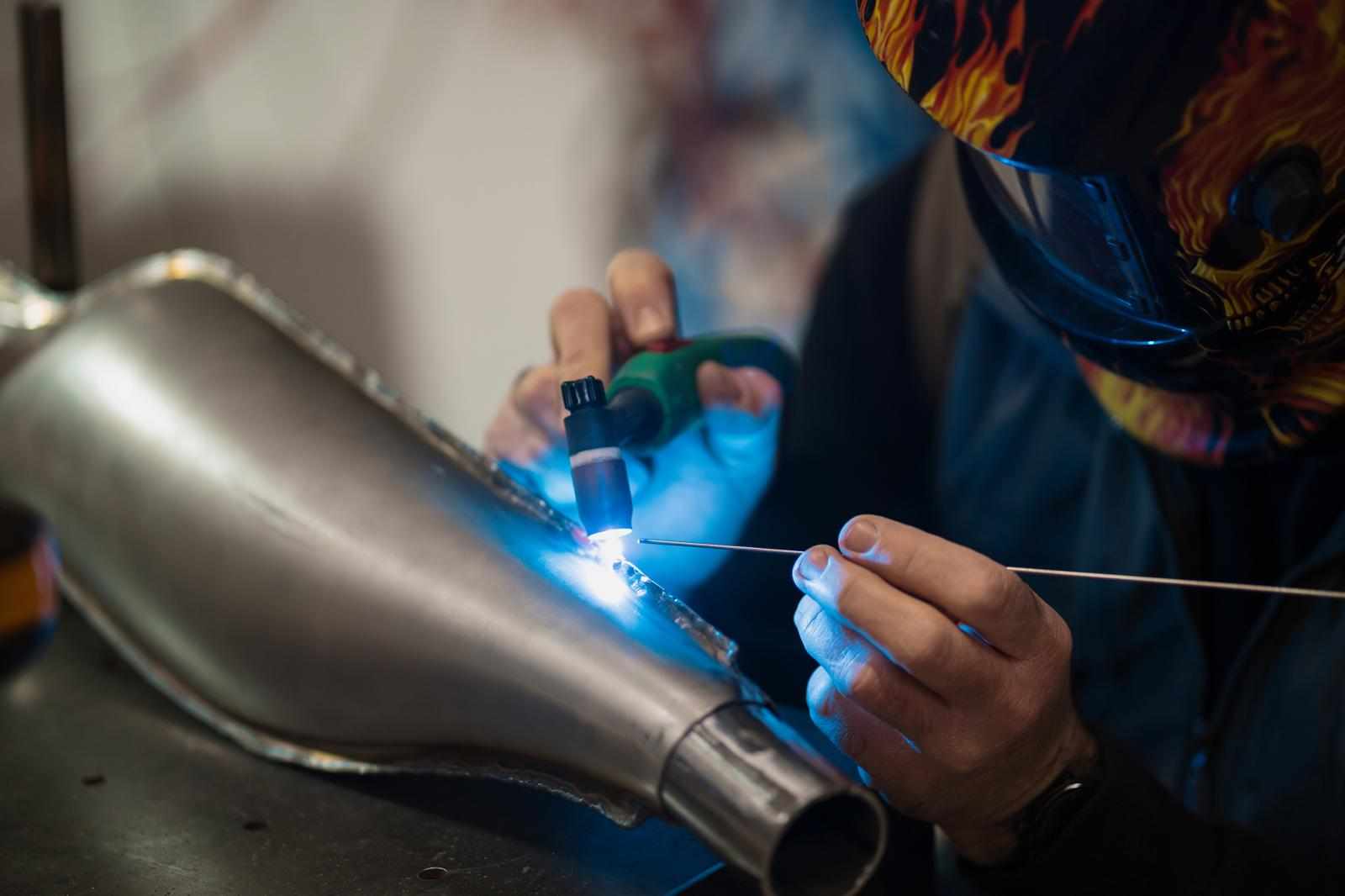Introduction:
The 3D animation software market has experienced significant growth over the past decade, driven by advancements in technology and the increasing demand for visually stunning content across various industries. From entertainment and gaming to architecture and virtual reality, 3D animation plays a crucial role in bringing creative visions to life. The software used for creating these animated visuals enables professionals to design, model, and animate intricate 3D objects and environments with remarkable realism and detail.
3D Animation Software Market Growth Drivers:
Rising Demand for Visual Content Across Industries
Entertainment and Media: The demand for high-quality animated content in films, television shows, and video games continues to grow, particularly as audiences increasingly expect immersive and visually engaging experiences.
Virtual and Augmented Reality (VR/AR): These technologies rely heavily on 3D animation to create realistic and immersive environments, driving demand for advanced animation software.
Advancements in Technology
Artificial Intelligence (AI) and Machine Learning (ML): AI and ML are enhancing 3D animation software, enabling features such as automated motion capture, realistic rendering, and quicker content creation processes.
Cloud-Based Solutions: The rise of cloud-based 3D animation software allows for greater accessibility, collaborative work environments, and scalability, making these tools more appealing to small and medium-sized studios.
Innovations:
Increase in 3D Animation Education and Training
Growing Professional and Amateur Market: With more online platforms offering courses and tutorials in 3D animation, a wider range of individuals are becoming skilled in using animation software. This trend has led to an increase in demand for professional-grade tools.
Real-Time Rendering and Virtual Production
Real-Time Engines: Software such as Unreal Engine and Unity have revolutionized the animation industry with real-time rendering. These engines allow animators to see changes instantly, making the creative process faster and more interactive.
AI-Powered Animation Tools
Automated Animation: Artificial Intelligence is now integrated into many 3D animation tools to automate processes such as character rigging, motion capture, and even facial animation.
Procedural Animation and Simulation
Procedural Animation: Tools like Houdini have pioneered procedural animation, where complex animations and simulations are created using algorithms and data rather than manually crafted keyframes.
Physics-Based Simulations: Advances in physics-based simulation engines have made it possible to create more natural interactions between animated objects, whether it’s for fluid dynamics, character collisions, or clothing simulations.
Cloud-Based 3D Animation Software
Collaborative Tools: Cloud-based 3D animation software like Autodesk Maya, Blender, and Cinema 4D now offer collaborative features, allowing multiple artists and animators to work on the same project in real time.
Scalability and Flexibility: Cloud-based platforms provide flexible, scalable rendering power, allowing small studios to access powerful computing resources without having to invest in expensive hardware.
Augmented Reality (AR) and Virtual Reality (VR) Integration
AR/VR Animation Tools: The integration of 3D animation with AR and VR platforms has opened new doors for immersive storytelling and interactive experiences. Tools like Tilt Brush and Quill allow artists to create 3D animations in virtual environments, offering a more intuitive and hands-on approach to the creative process.
Real-Time AR Visualization: Software advancements in AR technology now allow animators to preview their 3D creations in real-world settings using AR glasses or mobile devices, making it easier to visualize how their animations will interact with physical environments.
3D Scanning and Photogrammetry
3D Scanning Technology: Photogrammetry and 3D scanning are enabling the creation of highly detailed and accurate 3D models by capturing the real-world environment or objects. This process has become much more accessible with affordable scanning tools, such as Agi soft Meta shape or Reality Capture.
Digitization of Physical Objects: The ability to scan and digitize physical objects or environments in high detail is streamlining the creation of realistic 3D assets for animation, virtual reality, and game development.
Future Trends:
Increased Use of Artificial Intelligence (AI) and Machine Learning
AI-Assisted Animation: AI-powered tools will continue to transform the animation process, automating complex tasks such as rigging, character animation, and even scene composition.
Smart Motion Capture: Machine learning algorithms will enhance motion capture systems, making them even more accurate and capable of capturing subtle movements and emotions, reducing the need for manual adjustments and speeding up production.
Real-Time Rendering and Virtual Production
Faster Real-Time Rendering: The continued development of real-time rendering technologies, particularly through game engines like Unreal Engine and Unity, will allow animators to work more efficiently.
Virtual Production: The rise of virtual production, which blends real-time rendering with live-action filming, will reshape how films and TV shows are produced. This trend, already popularized by productions.
Integration of Augmented Reality (AR) and Virtual Reality (VR)
Immersive Storytelling with AR/VR: As AR and VR technologies mature, animators will increasingly create content that can be experienced in immersive environments. Software will allow animators to design 3D worlds and characters specifically for VR and AR, enhancing interactivity and creating more engaging experiences.
Interactive Animations: The demand for interactive content in games, simulations, and educational tools will continue to drive innovations in 3D animation software.
Procedural and Generative Animation
Procedural Animation Advancements: With procedural generation, animators can rely on algorithms to create animations based on rules, patterns, and simulations, rather than manually animating every detail.
Generative Design in Animation: Using AI and procedural techniques, 3D animation software will evolve to automatically generate 3D models and animations based on a set of parameters. This will significantly speed up content creation, particularly in industries like gaming and film production.
Conclusion:
As 3D animation continues to permeate more sectors spanning entertainment, gaming, education, healthcare, and beyond the role of animation software in shaping the future of digital content and interactive experiences will be more crucial than ever. The continued democratization of these tools, combined with an expanding global market, promises an exciting and dynamic future for the industry.




Write a comment ...